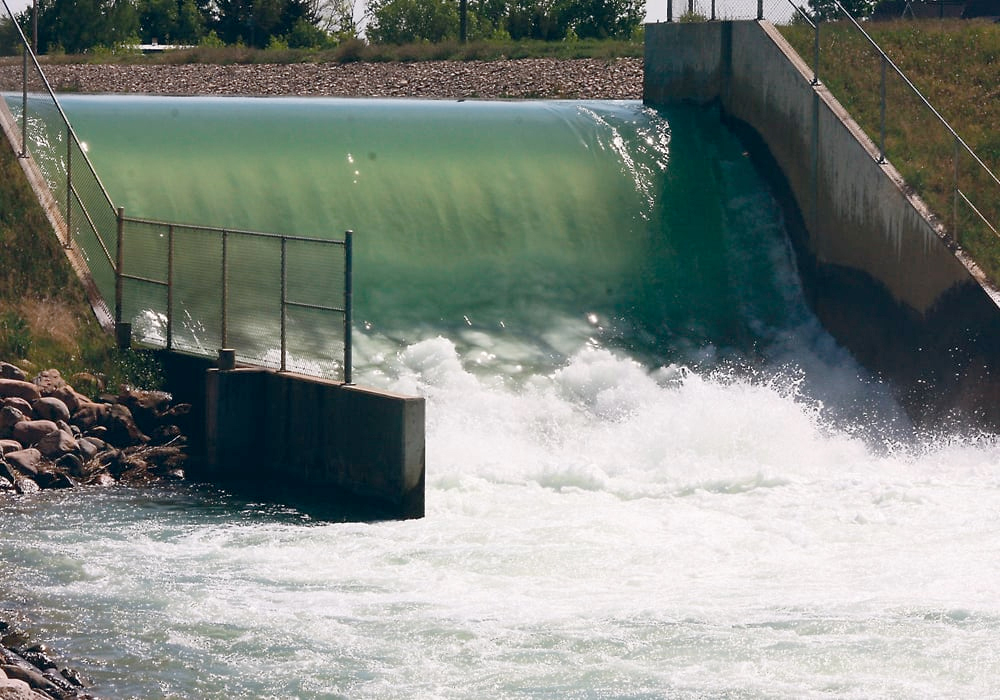Alberta Premier Danielle Smith is giving her new 24-member cabinet their marching orders.
Last week provincial Agriculture Minister Nate Horner was among the latest to receive a mandate letter before the Alberta legislature reconvenes later this month.
Horner, who is continuing his role as agriculture minister as he did under former premier Jason Kenney, is building the province’s agri-food processing sector, improved irrigation networks, as well as pushing back on federal policies involving the sector.
Horner said the biggest goal in his mandate will be expanding the agri-food processing sector.
Read Also

Agri-business and farms front and centre for Alberta’s Open Farm Days
Open Farm Days continues to enjoy success in its 14th year running, as Alberta farms and agri-businesses were showcased to increase awareness on how food gets to the dinner plate.
“We’ve done a lot of that work to see where we sit in a competitive analysis of surrounding jurisdictions, but this is the first time I’ve been told, go ahead and do it. I really look forward to bringing something to the table soon,” he said.
Producers and processors along Highway 3 between Medicine Hat and Lethbridge have been chomping at the bit to expand the already burgeoning agri-food corridor, which features sugar refining and potato processing.
While the minister didn’t get into details of developing such a corridor, he mentioned he is looking at a tax credit to spur investment.
Horner said the province has reached its 2019 goal of attracting commitments worth $1.4 billion in value-added investments in the ag sector a year earlier than originally predicted.
“But there is so much investment sitting on the sidelines looking for a place to land, I think it’s imperative Alberta fills this (policy) gap and tries to land all it can,” he said.
As for what an agricultural tax credit might look like in Alberta, Horner pointed to Saskatchewan.
“It’s significant,” Horner said of the Saskatchewan policy. “It’s a 15 percent tax credit on eligible expenses on everything from $10 to $400 million and it goes to 30 percent on investments from $400 to $600 million and it goes to 40 percent for investments over $600 million.”
He said he doesn’t see Alberta being as aggressive as its eastern neighbour but would like to see more done to attract ag investment by narrowing the gap.
Regarding irrigation, Horner said with the ministry changing its official name from agriculture and forestry to agriculture and irrigation, additional resources from the environment portfolio will be coming his way.
The priority on irrigation will be looking for areas of potential expansion across the province, building on the nearly $1 billion joint federal, provincial and irrigation district investment program announced in 2021, he said.
“We are looking at other projects and we’re always looking at pursuing other efficiency gains,” Horner said.
















